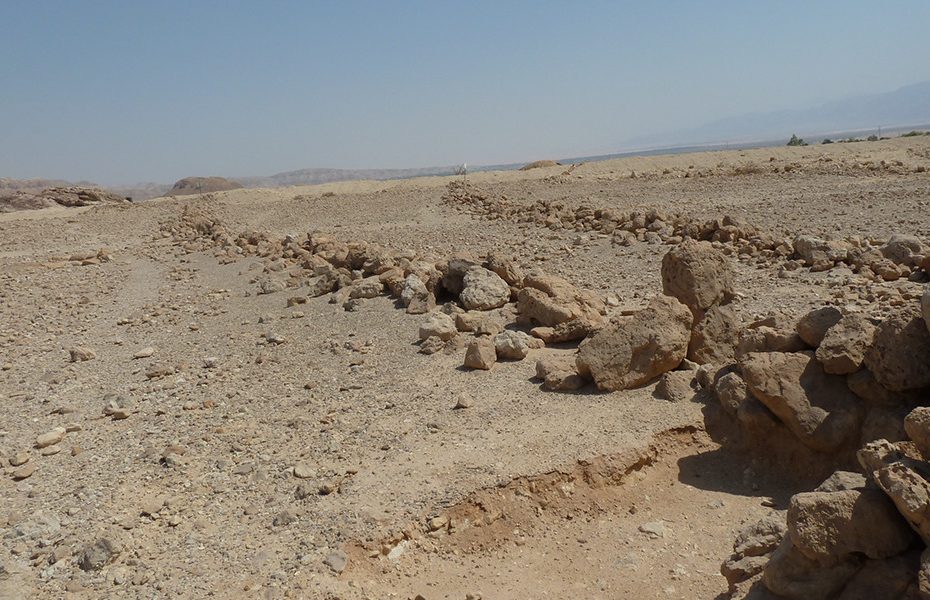
A team of French and Jordanian archeologists have uncovered what they say is the oldest, largest, and best-preserved large-scale hunting structure ever found.
The desert kite, a type of hunting trap used to target deer, was discovered in the Khashabiyeh Mountains located in the eastern Al-Jafr Basin, according to the Jerusalem Post.
The kite uses two walls that stretch for several kilometers and become gradually narrower, forming a “V.” Hunters would have herded animals into the V and chased them to the narrowest point, where they would have dug a pit or constructed some kind of enclosure.
Desert kites have been found in other regions of the Middle East, and they represent the “earliest large-scale human-built structures worldwide known to date,” the South Eastern Badia Archaeological Project team (SEBA) said in a statement. Similar hunting structures appear to have also been used in North and South America and even Scandinavia.
SEE ALSO: Expanded Sunday Hunting Movement in Virginia, South Carolina Legislatures
This particular kite is among the best examples and attests to “the rise of extremely sophisticated mass hunting strategies, unexpected in such an early time frame,” SEBA added. Archeologists have dated it to around 7,000 B.C.
Along with the kite, archaeologists uncovered what appears to be a hunting camp. They found campsites with circular dwellings and large numbers of gazelle bones. The site also includes two stone slabs with anthropomorphic features, animal figurines, flints and some 150 arranged marine fossils.
Researchers believe the animal figurines were used to invoke supernatural forces for a successful hunt.
Desert kites were first discovered by Royal Air Force pilots flying over the eastern desert of Jordan in the 1920s, according to ThoughtCo. The pilots thought the shape resembled toy kites used by children.
SEE ALSO: New Study Details How Utah Elk Outsmart Hunters
Hunters usually trapped 40-50 gazelles in a single hunt and sometimes as many as 600. The walls did not have to be very high. Low walls were often used or sometimes a row of posts with rag banners.
“They make more sense when looked at from above,” Shamil Amirov, an archaeologist who uses satellite imagery to map the colossal artifacts in western Uzbekistan, told National Geographic. “Most are shaped like arrows. We have found them in chains across the migration trails of antelopes. They probably directed thousands of animals into killing pits.”
When they were first discovered, however, archeologists did not know what they were used for. Some hypothesized that they were used ritualistically. Others believed they could be used to herd livestock. The most recent scientific consensus, as exemplified by the latest discovery, suggests that kites were used for hunting.
